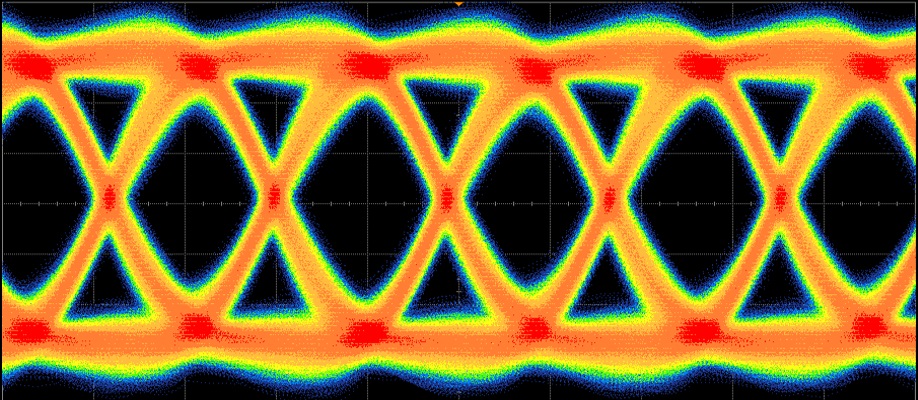Integrated Circuits for High-Speed Data Links
Background:
High-speed Input/Output (I/O) data links are used to communicate between microprocessor, memory, hard drive, external plug-and-play devices, etc. With the exponential rise in the aggregate data demand over the last decade, design of high-speed links have become challenging. An I/O designer needs to have an understanding of the data channel, communication and signaling schemes, transmit, receive and clocking circuits, and overall link analysis and optimization. This demands a knowledge of analog circuits, digital circuits, mixed-signal circuits, microwave and electromagnetism, and data communications. The students will learn about all these techniques and will obtain the ability to implement, validate and assess such techniques in this course.
Objectives:
- Understand a variety of signaling schemes and system-level trade-offs in high-speed digital links.
- Design and simulate both analog and digital circuits for high-speed links using Cadence and MATLAB.
- Become familiar with different link standards such as PCIExpress, SATA, DDR, etc.
- Obtain an overview of the state-of-the-art in high-speed I/O links.
Broad Contents:
- Introduction to high-speed links
- Noise and Jitter
- Characterizing data channels in frequency and time domain
- Equalization
- Link modeling and simulation
- Signaling schemes
- Design of different transmitter circuits
- Design of different receiver circuits
- Different clocking schemes
- Clock and data recovery
- Synchronization
- Introduction to silicon photonic links
Suggested Reading:
- Digital Systems Engineering, W. Dally and J. Poulton, Cambridge University Press, 1998.
- IEEE Journals (JSSC, TCAS) and Conference Proceedings (ISSCC, VLSI Symposium, CICC)
Prerequisites:
- Anyone of (ELEC 401, ELEC 402, ELEC 403, ELEC 404, ELEC504, ELEC505, EECE588)
- Experience with Cadence Spectre Simulation tool and Matlab is required.
Grading:
- Projects 60%
- Exams NA%
- Quizzes 10%
- HW 30%
Course Delivery:
- Flipped course: You would be provided links to lecture video, as well as reading materials to go along for convenience. Class hours will be used to answer your questions, practice problems and conduct quizzes.
Instructor’s Office Hour:
- Tuesdays Thursdays 2:00-2:45pm K4017
- By appointment
FAQs:
Q. How is the graduate version (ELEC503) different from the undergraduate version (ELEC403)?
ELEC403 is more focused towards systems and digital circuits, while ELEC503 is systems and analog/digital circuits focused. The graduate students will have different sets of questions for exams and different project specifications.
Q. What do you recommend for revising the basics of Analog CMOS Design?
I would suggest reading and becoming comfortable with Chapter 3 “Basic Current Mirrors and Single-Stage Amplifiers” of Johns & Martin’s Analog Integrated Circuit Design textbook.
Q. I have not used Cadence Spectre before. What should I do?
A working knowledge of Cadence is strongly recommended for this course. We would provide tutorial documents on Cadence to you. They include step-by-step instructions for simulating basic circuits. You would need to learn them on your own. You may ask the instructor or other students if you have specific questions.
